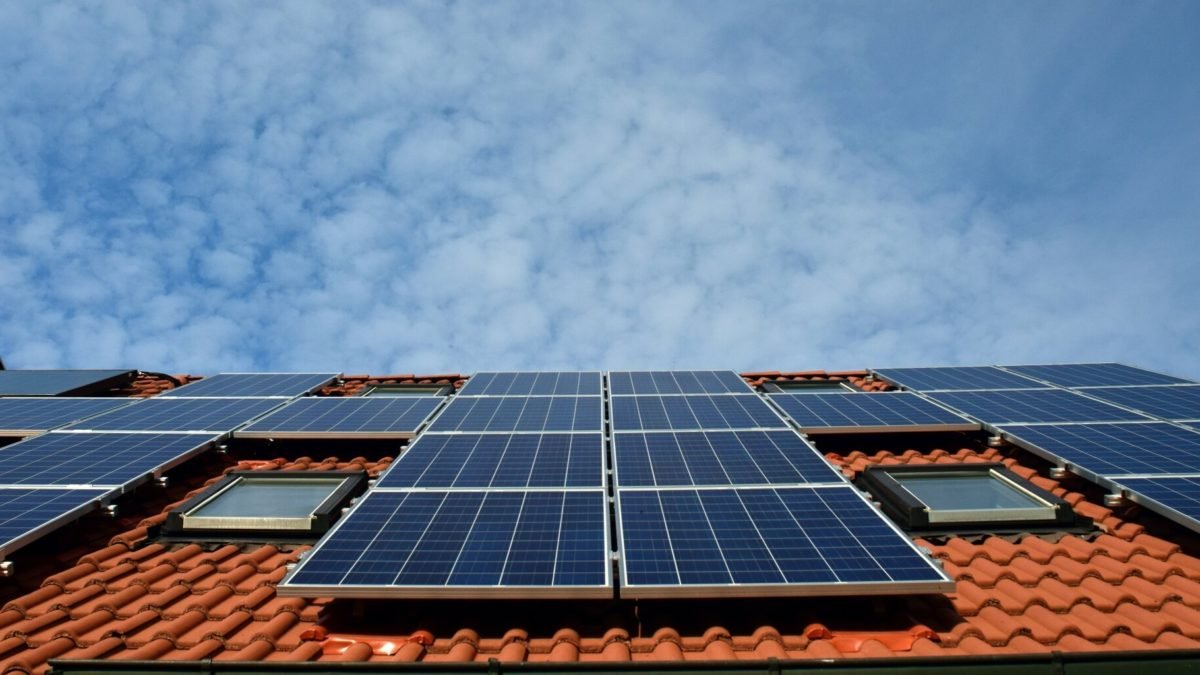Coal’s carbon footprint is 109gCO2e/kWh (grams of CO2 equivalent per kilowatt-hour). That’s 18 times more than solar’s carbon footprint of only 6gCO2e/kWh! That makes solar power one of the most awesome sustainable sources of green energy.
Since solar power comes from the sun, it’s also one of the most renewable energy sources. It’s non-depletable, unlike coal and other fuel fossil-based sources.
For these reasons, many property owners have invested in solar power panels. In the US alone, there are now over two million solar installations.
So, if you’ve been thinking of making some home improvements, going solar should be on your list. Below we’ll explain the most crucial facts about solar panels and why they belong in your home, so be sure to read on.
Photovoltaic Panels Unlock an Unlimited Energy Source
Solar panels, also known as modules, consist of many photovoltaic (PV) cells. These cells have circuits that collect and absorb the sun’s energy throughout the day.
The circuits also transform solar energy into direct current (DC) electricity. From here, the DC passes through an inverter, which converts it to alternating current (AC). The AC, in turn, is the type of electricity that supplies power to a home.
So, as long as the sun is out, you can convert its power into usable electricity. That means PV panels provide you with a way to access a limitless energy source.
Moreover, every kWh of solar energy you use gets deducted from your electricity bill. You can also store excess power you generate in batteries or “sell” it to your utility company. Your electricity supplier then credits you back for the power you add to the grid.
Solar Panels Work Even During Cloudy Days
Solar panels don’t work at night, but they still do even during cloudy days. That’s because they can collect indirect sunlight or reflected light. They won’t generate as much power as when it’s sunny, but they still work even if clouds partially block the sun.
Solar Power Panels Have Become So Much Cheaper
Studies revealed that the cost of solar PV modules has gone down by at least 99% within the last four decades. Moreover, their price per watt in 2018, which averaged $2.89, was almost 2.5 times cheaper than in 2010 ($6.65).
This considerable price reduction isn’t due to subpar technology and materials, though. In fact, it’s the opposite; technological improvements have made them much more affordable.
Extended Federal Solar Tax Credit
The 26% federal solar tax credit is still available for home solar PV installations this 2020. Your system can qualify so long as its construction begins on or before December 31, 2020. The incentive drops to 22% for installations that commence from January 1 to December 31, 2021.
Any solar home installation that begins after 2021 will no longer have any credit. So, as early as now, consider getting yours constructed to enjoy these incentives.
Modern Solar Panels Last Longer
A 2011 study found that solar panels had a yearly degradation rate of 0.8%. By 2016, this dropped to an average of 0.5% in high-quality solar modules. This means that solar panels can still generate 90% or more of their original output after 20 years.
Keep Your Home Well-Lit With Green Energy
As you can see, solar power panels provide you with an unlimited source of green energy. They can reduce your reliance on fossil fuel-based electricity, which means generous savings. You can save even more if you “sell” it to your utility company.
Plus, storing solar power for later use means your home can stay lit even during power outages.
Interested in more home, tech, and lifestyle guides like this? Feel free to check out our other news and blog posts then!

